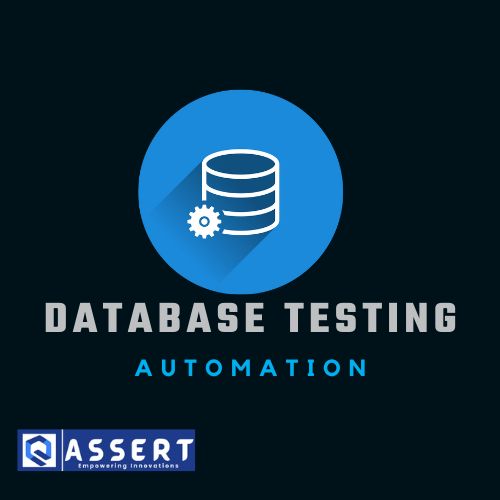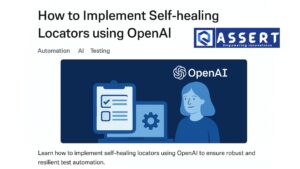Database testing is often overlooked in test automation strategies, yet it is critical for ensuring data consistency, accuracy, and application reliability. In this blog, we’ll explore key strategies, popular tools, and best workflows for automating database testing.
1. Why Database Testing Automation Matters
Database testing ensures that the application’s backend logic and data layers are functioning as expected. Without it, you risk data corruption, inaccurate reports, or failed transactions. Automating this process saves time, ensures repeatability, and reduces human error.
2. Key Strategies for Automating Database Testing
To achieve effective automation, consider these strategies:
- Use Structured Test Data: Create reusable, environment-independent test data.
- Validate CRUD Operations: Ensure create, read, update, and delete functions work correctly.
- Automate SQL Query Validation: Use tools to assert the correctness of SQL outputs.
- Integrate with CI/CD: Run database tests as part of your build pipeline.
- Data Integrity Checks: Validate relationships, constraints, and referential integrity.
3.Popular Tools for Database Test Automation
| Tool | Description |
|---|---|
| DBUnit | Great for unit testing of database components in Java applications. |
| tSQLt | A unit testing framework for SQL Server that enables test isolation. |
| JMeter | Widely used for performance testing, it can also test database queries. |
| TestContainers | Allows spinning up real databases in containers for integration testing. |
| Selenium + JDBC | Combine UI tests with JDBC checks to validate front-end and database sync. |
Each tool can be chosen based on your tech stack, database type, and CI/CD setup.
4. Effective Workflows for Database Testing
Here’s a simple automation-friendly database testing workflow:
- Setup Test DB: Use tools like Docker or TestContainers.
- Insert Test Data: Pre-load known data for consistent testing.
- Run Tests: Execute SQL or ORM-based test scripts.
- Validate Results: Compare actual vs expected results using assertions.
- Teardown/Cleanup: Clean or rollback DB to original state.
Integrate this workflow into Jenkins, GitHub Actions, or Azure DevOps for continuous testing.
5. Best Practices
- Use version-controlled scripts for schema and data setup.
- Separate test and production environments strictly.
- Use mock databases for unit tests and real databases for integration tests.
- Keep test cases modular and repeatable.
Conclusion
Database Testing Automation is essential for building reliable, data-driven applications. By applying the right tools, workflows, and strategies, you can ensure your app’s data layer is tested just as thoroughly as the UI or API layers. Start small, automate incrementally, and make it part of your CI/CD process.




